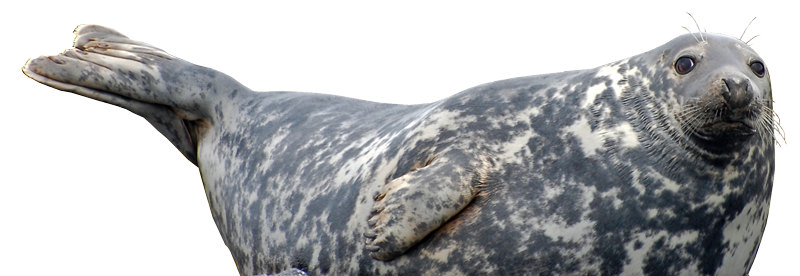CANADIAN SHARK ATTACK https://naac.iem.edu.in/ REGISTRY
https://carguidenation.com/cars-catalytic-converter-stolen/
Divers stalked by Greenland shark in Baie-Comeau
| Case number: 20 |
| Date: 2004-06-20 |
| Location: Baie-Comeau, Québec |
| Incident type: Stalking encounter with no physical contact — Code: ST |
| Species: Greenland shark (Somniosus microcephalus) |
| Possible cause(s): Shark attracted by sound and vibrations (Unprovoked) |
| Result: No injury |
| Status: Confirmed¹ |
| Description: The incident took place one year after the initial discovery of a Greenland shark congregation site in the St. Lawrence Estuary. Having returned to the location the following summer, and after searching for a week without finding any sharks, two GEERG researchers (Chris Harvey-Clark and Jeffrey Gallant) were buzzed by a Greenland shark in zero visibility conditions during their last planned dive of the mission. The boat was anchored close to shore in just over seven metres depth where the odds of seeing a shark after a fruitless week—and more than year since the last sighting—were considered next to nil. However, just seconds into the dive, the researchers were buzzed by a four-metre Greenland shark at a depth of only four metres. Due to the very poor visibility (<1m) and while still checking his camera for leaks, the first diver (JG) mistook the vague outline of the passing shark for his dive companion. Seconds later, the second diver (CHC) was forced to avoid a frontal collision with the shark with only centimetres to spare. He then proceeded to follow the fleeing shark, which appeared to be equally startled by the close encounter. They both emerged from the murky surface layer at 10 metres depth where the four-metre female shark suddenly appeared in its entirety. They continued their descent along the bottom until the shark broke away at 30 m. The incident was filmed after the chase had begun since both divers were still prepping their cameras when the shark appeared out of nowhere.
Assessment: The location at the head of Baie des Anglais was affected by high tide and wind from the south which had carried a think layer of sediment from the nearby grain loading facility. Underwater visibility was practically nil from the surface to 10 m depth. The divers were thus taken completely by surprise by the curious or predatory shark lying in wait just below the boat. In the absence of any visual cues, it is our determination that it was likely attracted by the sounds and vibrations emanating from the surface while the divers were prepping aboard the vessel and after they had splashed into the water. By behaving in this fashion, the Greenland shark thus gave a convincing and frightening demonstration of its well-honed ability to locate targets of interest in even the worst environmental conditions where the prey itself is virtually blind and highly vulnerable. GEERG researchers subsequently witnessed and documented several incidences where normally benthic¹—bottom-hugging—Greenland sharks had left the bottom to investigate divers entering the water from boats and a floating dock. Recommendation: Diving in visibility less than six metres in the suspected presence of the Greenland shark—or any other large and faster-moving shark—is not recommended as it leaves little to no time for an unsuspecting or inexperienced diver to react safely during a surprise encounter. The short reaction time also leaves little time for the shark to visually survey its target, which may result in a bump or bite that would not have occurred in clear water. Regardless of the shark’s intentions, a startled diver could bolt for the surface in uncontrolled fashion and suffer a diving accident. Unable to quickly locate the ascent line, a panicked diver may also be in a more vulnerable position during a long—and noisy—surface swim back to the boat. If unable to locate the ascent line or if closer to shore than to the boat, the dive team should remain close together and slowly follow the bottom profile to shore while keeping an eye out for sharks.
|
References:
|









